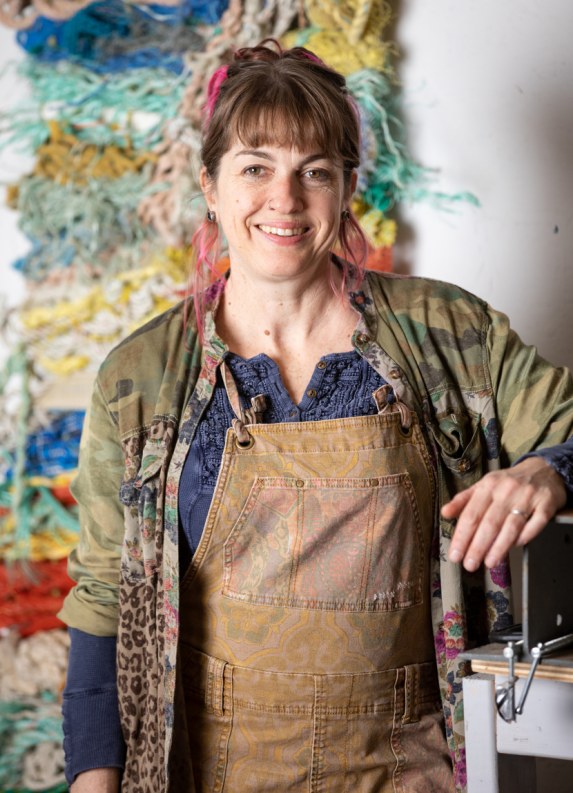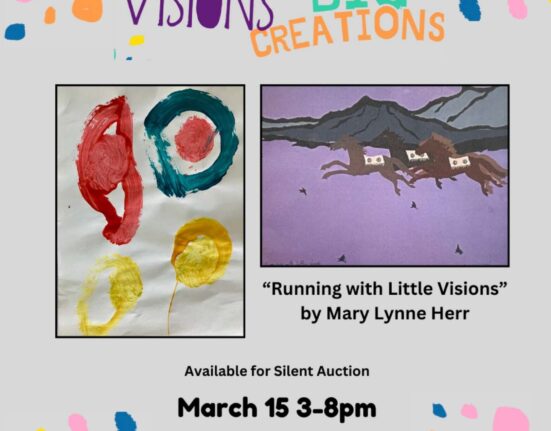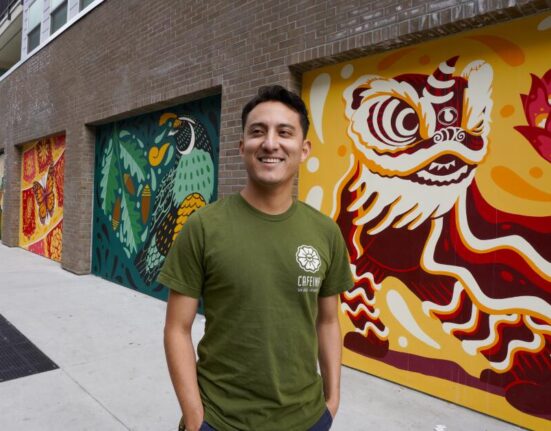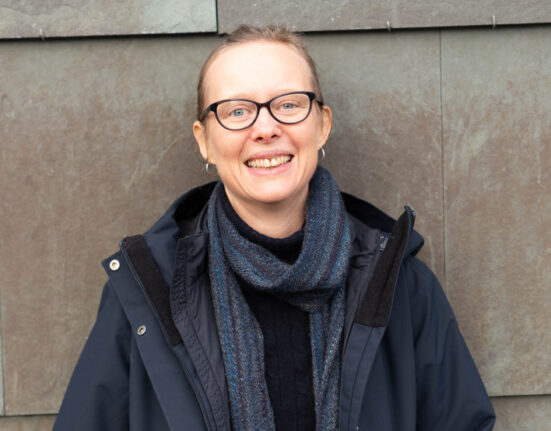“Please join the staff of New Bedford Whaling National Historical Park and the park’s friends group, the Whaling History Alliance, in congratulating the four artists selected to be part of the park’s 2024 Artist in Residence program (artist bios below).
The program, in its sixth year, includes a new artist every quarter who host open studio events and other public engagement opportunities during their three-month residency. Superintendent Jennifer Smith remarks on the program, “The park’s Artist in Residence program provides us with a creative portal through which we tell the complex stories of our community and this country’s history. Using the arts to look back as well as forward helps us present new and diverse perspectives while attracting new audiences to our work. The program has really grown under program coordinator, Lindsay’s, leadership, and we are seeing increased interest in the program form artists across the country. We are also grateful to the Whaling History Alliance who are supporting one of the selected artists this year.”
Lindsay Compton, the park’s Arts and Youth Coordinator, speaks to the goals of the many areas of collaboration offered by the program and the caliber of this year’s artists, “Our program is designed to give artists a platform to collaborate, exchange ideas and create inspiring work that truly embodies the spirit of our community. We are incredibly excited to have an exceptional group of artists participating this year and we can’t wait to witness not only the amazing works they’ll produce but also the meaningful and long-lasting connections they’ll forge along the way.”
If you are interested in joining in or learning about our upcoming Artist in Residence programs, please follow us on social media or check our website calendar of events.

New Bedford Whaling National Historical Park photo.
Cara Bean – New Bedford, MA – Bean is a cartoonist and art educator based in New Bedford, with a forthcoming illustrated guide to mental health on the horizon, to be published in Spring of 2024. The aim of her residency is to explore conversations around mental health with youth, specifically middle school-aged students. She has worked with Our Sister School and Dream Out Loud and plans to continue building on that work during her residency.”

New Bedford Whaling National Historical Park photo.
Emmanuel Escobar is a Providence, RI -based Afro-Latin jazz musician, signed performing artist, and educator whose residency project includes workshops and live performances as a celebration of the rich cultural heritage of Jazz music in New Bedford, and the lasting impact Cape Verdean musicians and artists still have on our community today. Emmanuel’s Letter of Interest states, “this [project] will serve as a homage, study and celebration” of New Bedford and specifically, “Cape Verdeans throughout the region.”

New Bedford Whaling National Historical Park photo.
Rebecca McGee Tuck, from Natick MA, is a found object fiber sculpture artist working with collected materials from Massachusetts beaches. She has a community-based marine debris weaving project in mind for her three-month residency. Her project aims to create work by exploring a unique coastal area on beaches called the “wrack-line.” The wrack-line is the area on the beach where organic material (seaweed, grasses, etc.) and other debris (trash) is deposited as the high tide recedes.

New Bedford Whaling National Historical Park photo.
Beth Jones is a Brookline, MA-based author, digital storyteller, journalist, media artist, and educator. She combines writing, research, video clips, and personal and archival imagery to reveal moments where lives pivot on something as small or unexpected as a found object or a moment in time. Beth’s residency project is to construct/create two crowd-sourced Cabinets of Curiosities – digital and physical – inspired by early collectors who shared stories of travel and discovery through displays of artifacts and ephemera. Beth’s “cabinets” will contradict the exclusivity of their predecessors, where precious objects (many stolen) were possessed and displayed by the wealthy, and held power over people.







